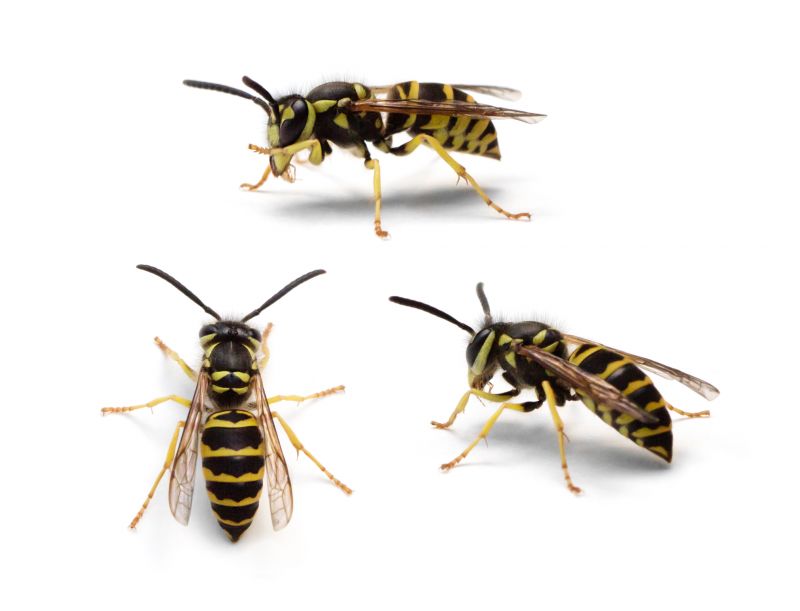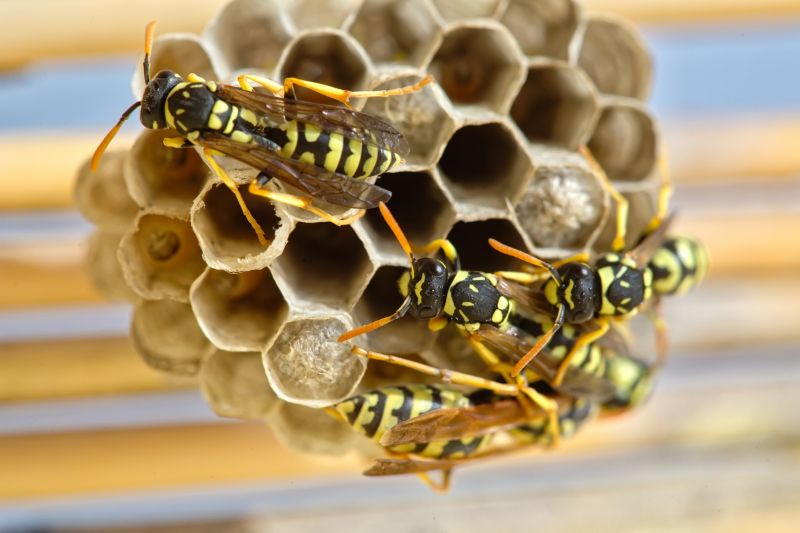Optimal Timing for Yellow Jacket Extermination

Ways to make Yellow Jackets Exterminations work in tight or awkward layouts.

Popular materials for Yellow Jackets Exterminations and why they hold up over time.

Simple add-ons that improve Yellow Jackets Exterminations without blowing the budget.

High-end options that actually feel worth it for Yellow Jackets Exterminations.

Finishes and colors that play nicely with Yellow Jackets Exterminations.

Little measurements that prevent headaches on Yellow Jackets Exterminations day.

A 60-second routine that keeps Yellow Jackets Exterminations looking new.

A frequent mistake in Yellow Jackets Exterminations and how to dodge it.
Yellow jackets are aggressive wasps that can pose significant risks to people, especially during late summer and early fall when their colonies reach peak size. Effective extermination depends on timing, as their activity levels and colony sizes fluctuate throughout the year. Properly timed interventions can prevent stings and reduce the risk of large colonies becoming problematic.
Yellow jackets typically build new colonies each spring, with colonies expanding rapidly during summer. The largest colonies are present in late summer and early fall, making this the critical period for extermination.
Late summer to early fall is considered the best time for extermination because colonies are at their largest, and treatments can effectively eliminate the nest before winter.
Exterminating too early in spring may not be effective, as colonies are still small. Late fall treatments might be less effective as colonies decline naturally, and nests become less accessible.
Yellow jackets are most active during late summer and early fall, which aligns with their peak colony size and activity levels.
| Season | Yellow Jackets Activity |
|---|---|
| Spring | Colony begins; activity moderate |
| Early Summer | Colony expands; increased activity |
| Late Summer | Peak colony size; highest activity |
| Early Fall | Colony declines; activity decreases |
| Late Fall | Colony diminishes; nests become less accessible |



